 Artwork by Ing-On Vibulbhan-Watts
Artwork by Ing-On Vibulbhan-Watts
In ancient times the Egyptian lotus was worshipped, especially in Egypt. It was considered a symbol of creation there. In Ancient Greece, it was a symbol of innocence and modesty.
The Egyptian lotus is the national flower of Egypt. It is depicted on many of the seals of the different Provinces in Thailand. It is also an element of the Coptic flag.
For more information please visit the following link: https://en.wikipedia.org/wiki/Nymphaea_lotus
Ing’s Peace Poem Translated into Arabic
And Egyptian Art History Part 3
Ing’s Peace Poem “Peace Comes to You”
Translated into Arabic by Nancy Emad on October 14, 2015
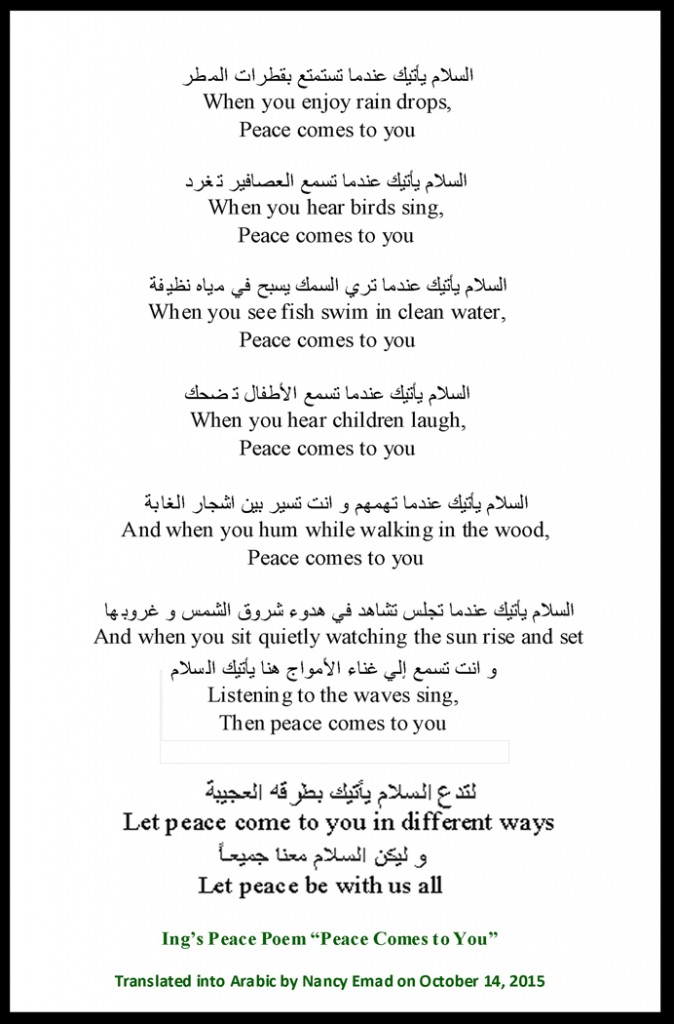
 Artwork by Ing-On Vibulbhan-Watts
Artwork by Ing-On Vibulbhan-Watts
Hatshepsut and Mortuary Temple of Hatshepsut c.1473–1458 BC 18th Dynasty
From Wikipedia, the free encyclopedia
For other ancient Egyptians called Maatkare, see Maatkare.
Statue of Hatshepsut on display at the Metropolitan Museum of Art
Detail of Hatshepsut, Eighteenth dynasty of Egypt, c. 1473-1458 B.C. Indurated limestone sculpture at the Metropolitan Museum of Art, New York City. Hatshepsut is depicted in the clothing of a male king though with a feminine form. Inscriptions on the statue call her “Daughter of en:Re” and “Lady of the Two Lands.” Most of the statue’s fragments were excavated in 1929, by the Museum’s Egyptian Expedition, near Hatshepsut’s funerary temple at Deir el-Bahri in Thebes. The lower part of the statue was acquired by Karl Richard Lepsius and taken to Berlin in 1845. The head, left forearm, and parts of the throne were excavated by the Museum, 1926-27 season and acquired in the division of finds. The Berlin fragment was acquired by the Museum in an exchange in 1929.
CC BY-SA 3.0, File:Hatshepsut.jpg, Uploaded by Riccardov, Created: 27 December 2005
Pharaoh
Reign c. 1473–1458 BC (18th Dynasty)
Predecessor Thutmose II
Successor Thutmose III
|
Consort |
Thutmose II |
|
Children |
Neferure |
|
Father |
Thutmose I |
|
Mother |
Ahmose |
|
Born |
c. 1507 [2]BC[3] |
|
Died |
1458 BC (aged 50) |
|
Burial |
KV20 (possibly re-interred in KV60[3]) |
|
Monuments |
Temple of Karnak, Mortuary Temple of Hatshepsut, Speos Artemidos |
Hatshepsut (/hæt???ps?t/;[4] also Hatchepsut; meaning Foremost of Noble Ladies;[5] 1508–1458 BC) was the fifth pharaoh of the eighteenth dynasty of Egypt. Hatshepsut came to the throne of Egypt in 1478 BC. Officially, she ruled jointly with Thutmose III who had ascended to the throne as a child one year earlier. Hatshepsut was the chief wife of Thutmose II, Thutmose III’s father. She is generally regarded by Egyptologists as one of the most successful pharaohs, reigning longer than any other woman of an indigenous Egyptian dynasty. According to Egyptologist James Henry Breasted she is also known as “the first great woman in history of whom we are informed.”[6]
Hatshepsut was the daughter of Thutmose I and his primary wife Ahmes. Her husband Thutmose II was the son of Thutmose I and a secondary wife named Mutnofret, who carried the title King’s daughter and was probably a child of Ahmose I. Hatshepsut and Thutmose II had a daughter named Neferure. Thutmose II fathered Thutmose III with Iset, a secondary wife.
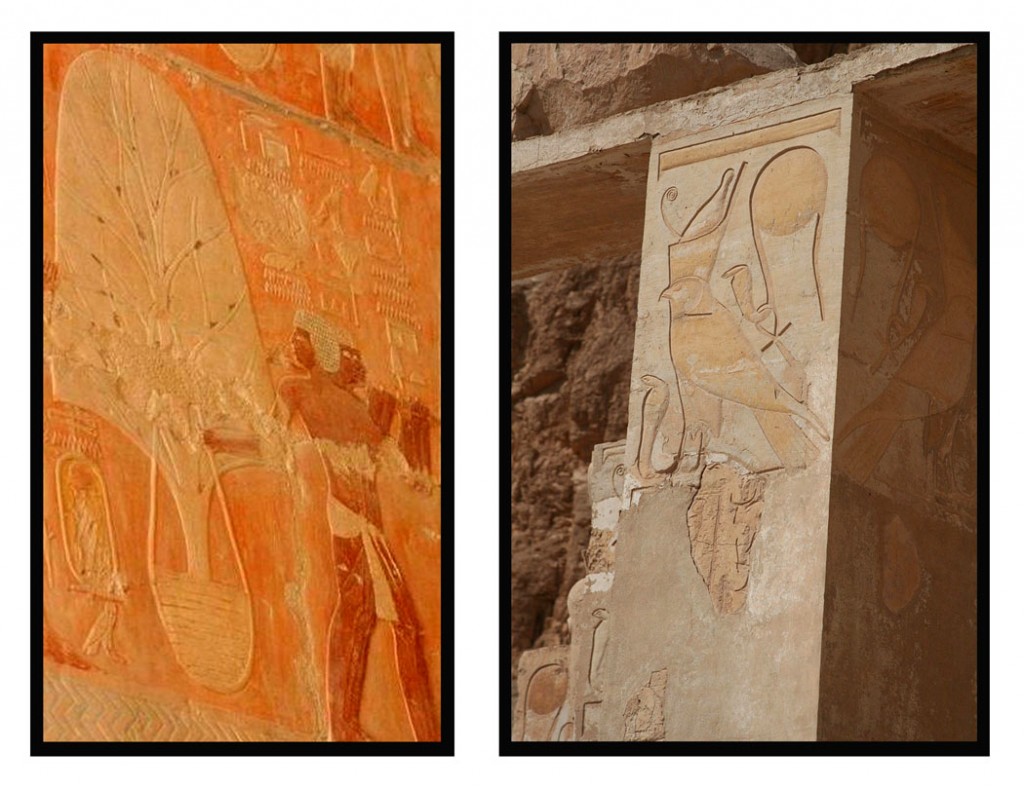 Left: Trade with other countries was re-established; here trees transported by ship from Punt are shown being moved ashore for planting in Egypt—relief from Hatshepsut mortuary temple
Left: Trade with other countries was re-established; here trees transported by ship from Punt are shown being moved ashore for planting in Egypt—relief from Hatshepsut mortuary temple
83d40m (talk) 00:02, 2 February 2008 (UTC) – Own work (Original text: self-made)
Photograph of a portion of a painted relief showing trees being transported from Punt to Egypt for transplantation; from Deir el Bahari in the Mortuary Temple of Hatshepsut, a pharaoh of the eighteenth dynasty of Ancient Egypt reigning from c. 1479 to 1458 BC
File:Trees to transplant from Punt to Egypt – Hatshepsut Mortuary Temple-rotated.jpg, Uploaded by Rotatebot, Created: 1 February 2008
Right: The Hawk of the Pharaoh, Hatshepsut—Temple at Luxor
Steve F-E-Cameron (Merlin-UK) – Own work (Self Photograph)
CC BY-SA 3.0view terms, File:S F-E-CAMERON Hatshepsut Hawk.JPG, Uploaded by Rotatebot, Created: 31 December 2005
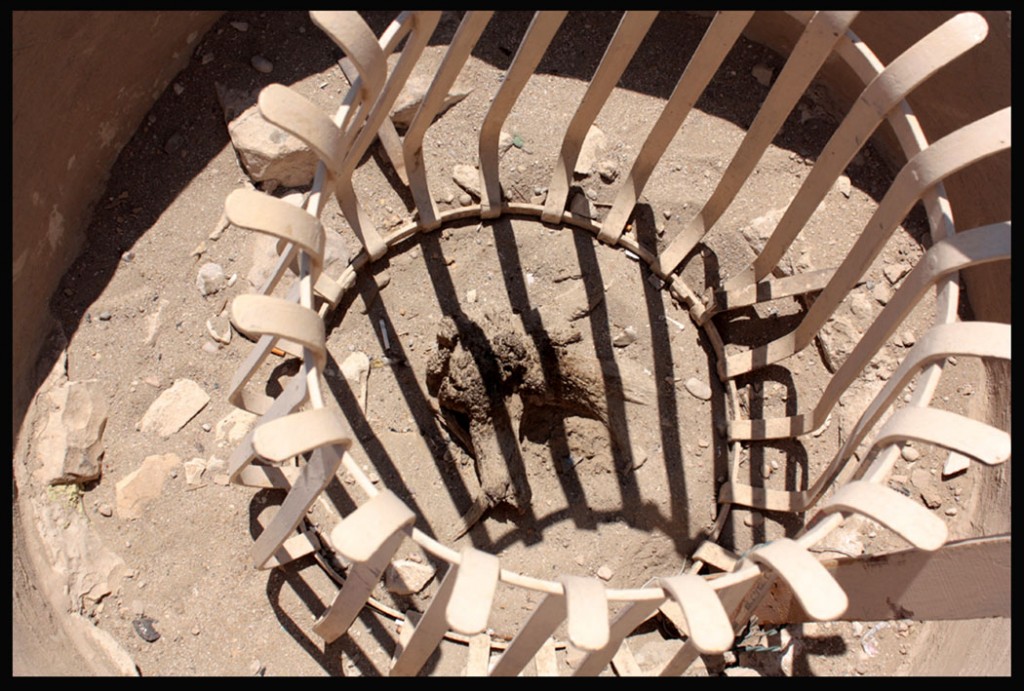 A tree in front of Hatshepsut’s temple, claimed to have been brought from Punt by Hatshepsut’s Expedition which is depicted on the Temple walls, Edal Anton Lefterov – Own work
A tree in front of Hatshepsut’s temple, claimed to have been brought from Punt by Hatshepsut’s Expedition which is depicted on the Temple walls, Edal Anton Lefterov – Own work
CC BY-SA 3.0, File:Hatshepsut-tree.jpg, Uploaded by Edal, Created: 20 September 2011
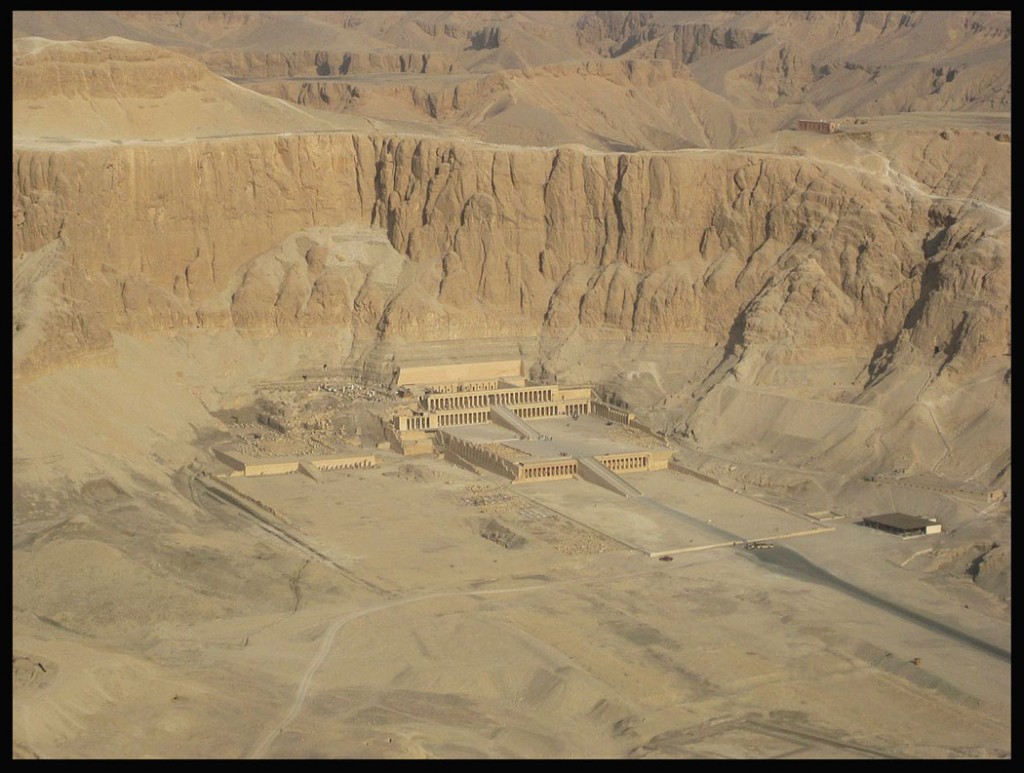 Djeser-Djeseru is the main building of Hatshepsut’s mortuary temple complex at Deir el-Bahri. Designed by Senemut, her vizier, the building is an example of perfect symmetry that predates the Parthenon, and it was the first complex built on the site she chose, which would become the Valley of the Kings
Djeser-Djeseru is the main building of Hatshepsut’s mortuary temple complex at Deir el-Bahri. Designed by Senemut, her vizier, the building is an example of perfect symmetry that predates the Parthenon, and it was the first complex built on the site she chose, which would become the Valley of the Kings
Temple of Hatshepsut, Steve F-E-Cameron – Own work, CC BY 3.0view terms, File:SFEC AEH -ThebesNecropolis-2010-Hatshepsut-023.jpg, Uploaded by Merlin-UK, Created: 12 February 2010
Colonnaded design of Hatshepsut temple, Andrea Piroddi – Own work Il tempio di Hatshepsut a Luxor CC BY-SA 3.0, File:Il tempio di Hatshepsut.JPG, Uploaded by Piroddi.andrea, Uploaded: 8 February 2008
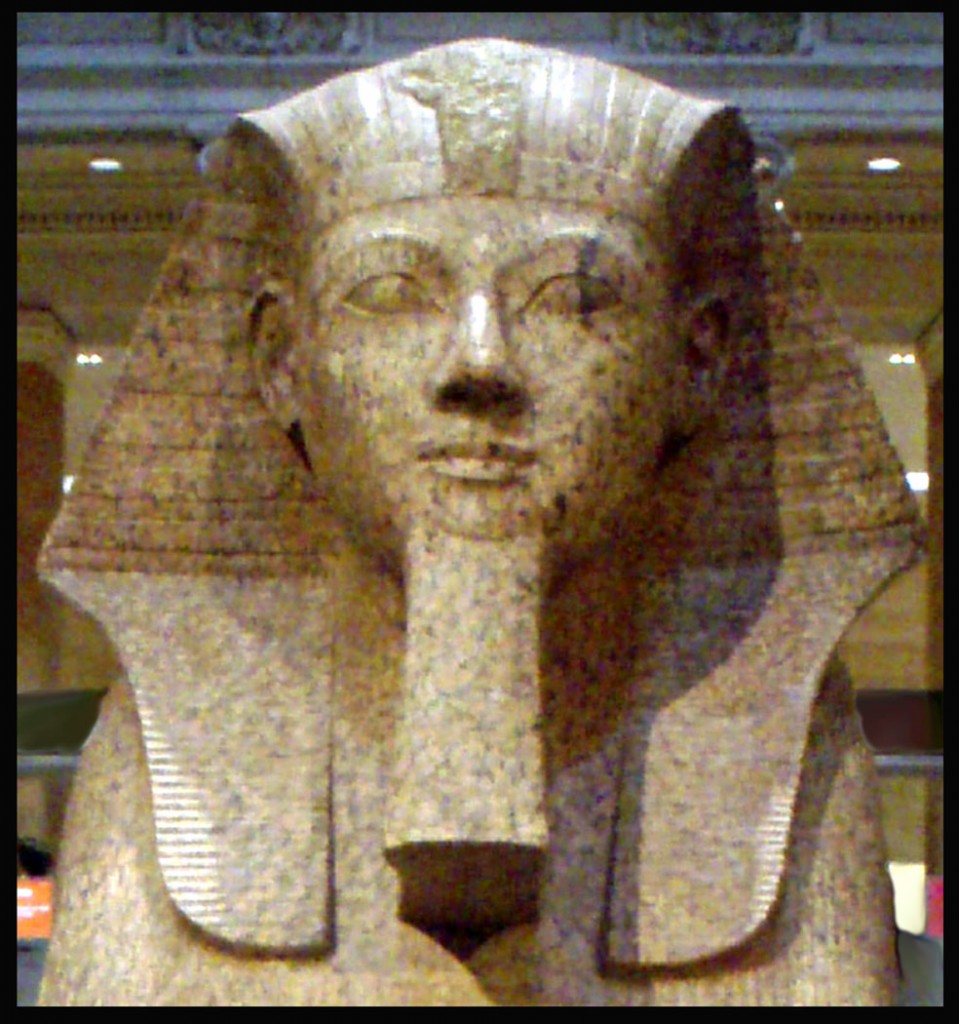 Left: Large granite sphinx bearing the likeness of the pharaoh Hatshepsut, depicted with the traditional false beard, a symbol of her pharaonic power—Metropolitan Museum of Art Keith Schengili-Roberts – Own Work (photo) Closeup shot of a large granite sphinx bearing the likeness of the female pharaoh Hatshepsut. Dating to the joint reign of Hatshepsut and Thutmose III, circa 1479-1458 B.C.
Left: Large granite sphinx bearing the likeness of the pharaoh Hatshepsut, depicted with the traditional false beard, a symbol of her pharaonic power—Metropolitan Museum of Art Keith Schengili-Roberts – Own Work (photo) Closeup shot of a large granite sphinx bearing the likeness of the female pharaoh Hatshepsut. Dating to the joint reign of Hatshepsut and Thutmose III, circa 1479-1458 B.C.
CC BY-SA 2.5view terms, File:Hatshepsut-CollosalGraniteSphinx02 MetropolitanMuseum.png, Uploaded by Captmondo, Created: 2 February 2007
 Osirian statues of Hatshepsut at her tomb, one stood at each pillar of the extensive structure, note the mummification shroud enclosing the lower body and legs as well as the crook and flail associated with Osiris—Deir el-Bahri, Steve F-E-Cameron (Merlin-UK) – My photograph
Osirian statues of Hatshepsut at her tomb, one stood at each pillar of the extensive structure, note the mummification shroud enclosing the lower body and legs as well as the crook and flail associated with Osiris—Deir el-Bahri, Steve F-E-Cameron (Merlin-UK) – My photograph
Osirian statue of Hatshepsut – Temple of Hatshepsut @ Luxor
CC BY-SA 3.0, File:S F-E-CAMERON 2006-10-EGYPT-WESTBANK-0153.JPG, Uploaded by Merlin-UK, Created: 31 December 2005
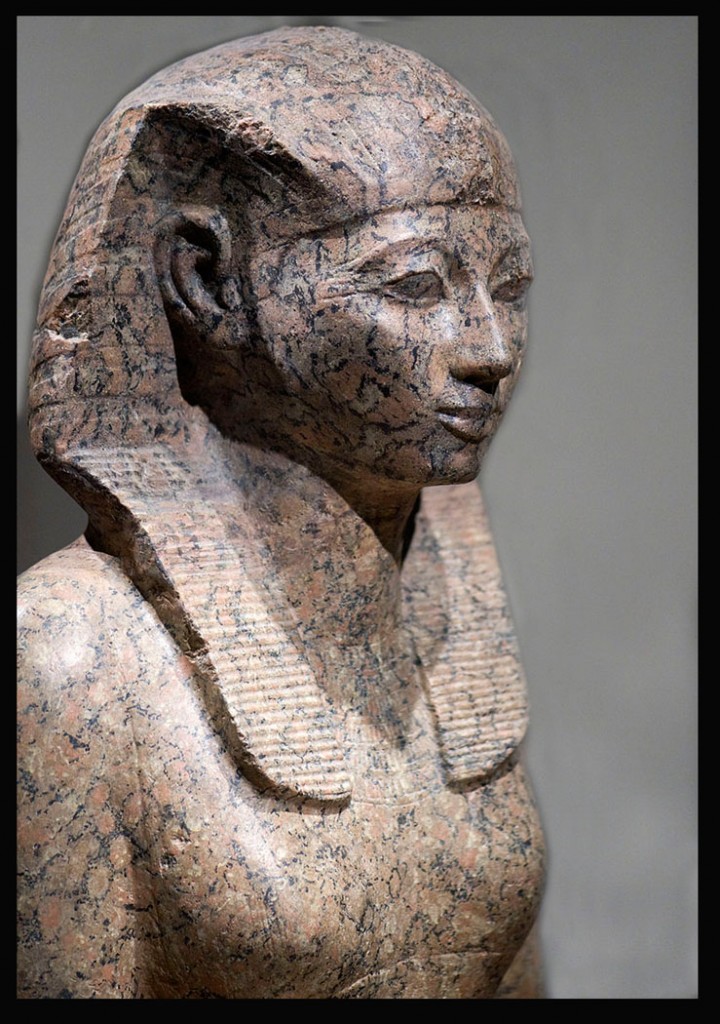 A stone statue of Hatshepsut, rob koopman from Leiderdorp, netherlands – Maat-ka-Re Hatsjepsoet (RMO Leiden), Beeld van koningin Hatsjepsoet Maat-ka-Re Hatsjepsoet (RMO Leiden)
A stone statue of Hatshepsut, rob koopman from Leiderdorp, netherlands – Maat-ka-Re Hatsjepsoet (RMO Leiden), Beeld van koningin Hatsjepsoet Maat-ka-Re Hatsjepsoet (RMO Leiden)
CC BY-SA 2.0, File:WLANL – koopmanrob – Maat-ka-Re Hatsjepsoet (RMO Leiden).jpg, Uploaded by BotMultichillT, Created: 16 June 2009
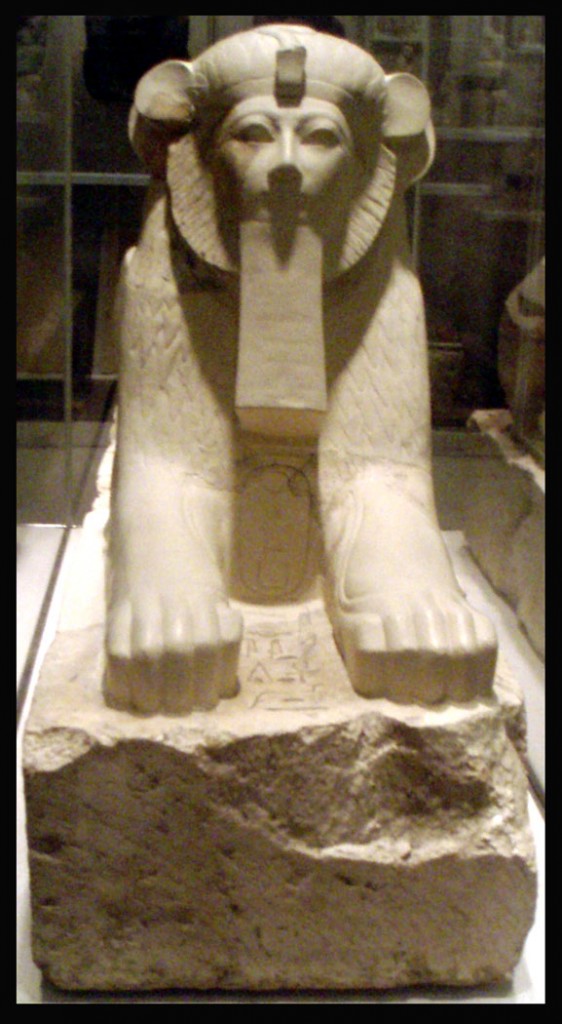 Sphinx of Hatshepsut with unusual rounded ears and ruff that stress the lioness features of the statue, but with five toes – newel post decorations from the lower ramp of her tomb complex Small sphinx of Hatshepsut, originally positioned on the newel posts of the lower ramp of her temple complex. 18th dynasty, circa 1503-1482 B.C.
Sphinx of Hatshepsut with unusual rounded ears and ruff that stress the lioness features of the statue, but with five toes – newel post decorations from the lower ramp of her tomb complex Small sphinx of Hatshepsut, originally positioned on the newel posts of the lower ramp of her temple complex. 18th dynasty, circa 1503-1482 B.C.
Keith Schengili-Roberts – Own Work (photo)
CC BY 2.5view terms, File:Hatshepsut-SmallSphinx MetropolitanMuseum.png, Uploaded by Captmondo, Created: 1 February 2007
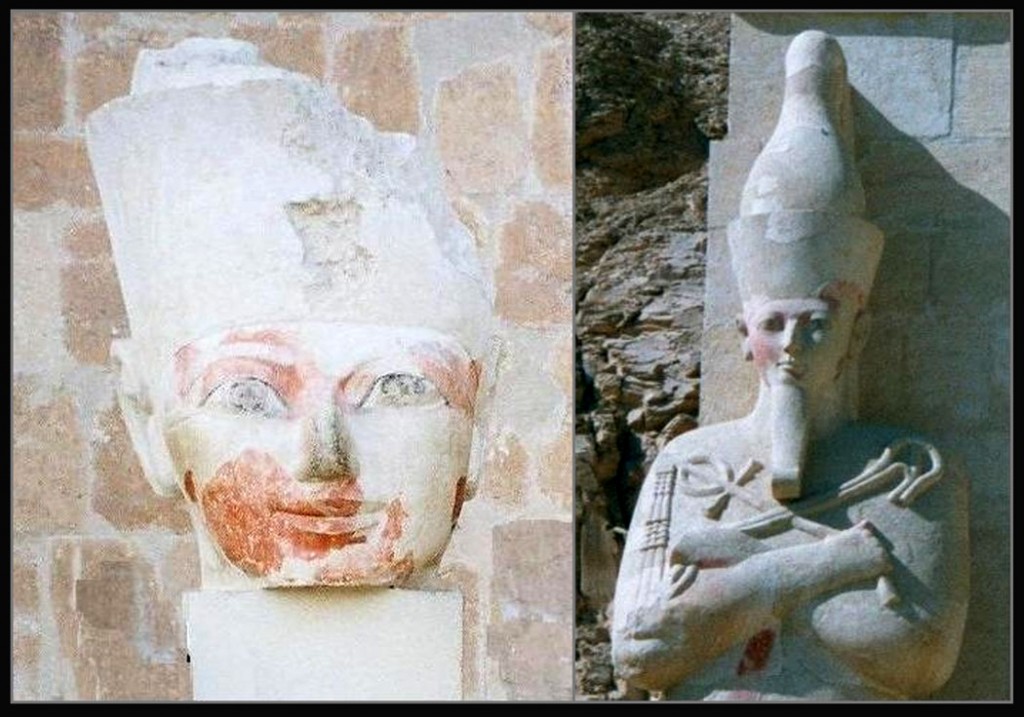 These two statues once resembled each other, however, the symbols of her pharaonic power: the Uraeus, Double Crown, and traditional false beard have been stripped from the left image; many images portraying Hatshepsut were destroyed or vandalized within decades of her death, possibly by Amenhotep II at the end of the reign of Thutmose III, while he was his co-regent, in order to assure his own rise to pharaoh and then, to claim many of her accomplishments as his.
These two statues once resembled each other, however, the symbols of her pharaonic power: the Uraeus, Double Crown, and traditional false beard have been stripped from the left image; many images portraying Hatshepsut were destroyed or vandalized within decades of her death, possibly by Amenhotep II at the end of the reign of Thutmose III, while he was his co-regent, in order to assure his own rise to pharaoh and then, to claim many of her accomplishments as his.
JCarriker, uploaded by Giorces – Own work
Hatshepsut, ex enwiki
CC BY 2.5, File:Hatshepsut.jpeg, Uploaded by Giorces, Created: 15 November 2005
The image of Hatshepsut has been deliberately chipped away and removed – Ancient Egyptian wing of the Royal Ontario Museum Keith Schengili-Roberts – Own Work (photo)
Plaster cast recreation of Queen Hatshepsut’s expedition to punt, the image of the Queen deliberately chipped away and removed. From the Ancient Egyptian wing of the Royal Ontario Museum.
CC BY-SA 3.0view terms, File:QueenHatshepsut-ExpeditionToPunt-PlasterCast-ROM.png, Uploaded by Captmondo, Created: 15 January 2007
Dual stela of Hatshepsut (centre left) in the blue Khepresh crown offering wine to the deity Amun and Thutmose III behind her in the hedjet white crown, standing near Wosret – Vatican Museum
Sebastian Bergmann – https://www.flickr.com/photos/sebastian_bergmann/1440471961/in/set-72157602146704582/
This is an important stela which dates to the period between the coregency of Hatshepsut and her stepson / possible son-in law (and successor) Thutmose III from the early 18th dynasty of Egypt. It depicts Hatshepsut (the female king on the centre left) and Thutmose III (behind her) who ruled together during the early New Kingdom.
CC BY-SA 2.0, File:Dual stela of Hatsheput and Thutmose III (Vatican).jpg, Uploaded by JMCC1, Created: 21 September 2007
Hieroglyphs showing Thutmose III on the left and Hatshepsut on the right, she having the trappings of the greater role — Red Chapel, Karnak
Markh – https://en.wikipedia.org/wiki/Image:Thutmose_III_and_Hatshepsut.jpg
Thutmose III and Hatshepsut from the Red Chapel at Karnak
File:Thutmose III and Hatshepsut.jpg, Uploaded by JLCA~commonswiki, Uploaded: 19 October 2006
A Fallen obelisk of Hatshepsut – Karnak. Olaf Tausch – Own work Fallen Obelisk at the Temple of Karnak north of Luxor, Egypt. (This obelisk was made by Hatshepsut). CC BY 3.0view terms, File:Karnak Tempel Obelisk 04.jpg, Uploaded by Oltau, Created: 1 April 2009
Mortuary Temple of Hatshepsut From Wikipedia, the free encyclopedia (Redirected from Djeser-Djeseru)
Coordinates: 25.738266°N 32.606588°E
Hatshepsut’s Temple
The Mortuary Temple of Queen Hatshepsut, the Djeser-Djeseru (“Holy of Holies”), is located beneath the cliffs at Deir el Bahari on the west bank of the Nile near the Valley of the Kings in Egypt. The mortuary temple is dedicated to the sun god Amon-Ra and is located next to the mortuary temple of Mentuhotep II, which served both as an inspiration, and later, a quarry. It is considered one of the “incomparable monuments of ancient Egypt.” [1] The temple was the site of the massacre of 62 people, mostly tourists, by Islamist extremists that took place on 17 November 1997.
The Polish Academy of Sciences in Warsaw is responsible for the study and restoration of the three levels of the temple. As of spring 1995, the first two levels were almost complete, and the top level was still under reconstruction.[2]
Architecture
HatshepsutsTempleHeight of the cliffs beyond
Deir-El-Bahari prior to reconstruction efforts in early 20th century
Hatshepsut’s chancellor, royal architect Senenmut oversaw construction.[3] Although the adjacent, earlier mortuary temple of Mentuhotep was used as a model, the two structures are nevertheless significantly different in many ways. Hatshepsut’s temple employs a lengthy, colonnaded terrace that deviates from the centralised structure of Mentuhotep’s model – an anomaly that may be caused by the decentralized location of her burial chamber.[1] There are three layered terraces reaching 97 feet tall. Each story is articulated by a double colonnade of square piers, with the exception of the northwest corner of the central terrace, which employs Proto Doric columns to house the chapel. These terraces are connected by long ramps which were once surrounded by gardens with foreign plants including frankincense and myrrh trees.[3] The layering of Hatshepsut’s temple corresponds with the classical Theban form, employing pylons, courts, hypostyle hall, sun court, chapel and sanctuary.
A partially surviving relief in the temple
Relief and sculpture
The relief sculpture within Hatshepsut’s temple recites the tale of the divine birth of a female pharaoh – the first of its kind. The text and pictorial cycle also tell of an expedition to the Land of Punt, an exotic country on the Red Sea coast. While the statues and ornamentation have since been stolen or destroyed, the temple once was home to two statues of Osiris, a sphinx avenue as well as many sculptures of the Queen in different attitudes – standing, sitting, or kneeling. Many of these portraits were destroyed at the order of her stepson Thutmose III after her death.
Astronomical alignment
Panoramic view of the mortuary temple
The main and axis of the temple is set to an azimuth of about 116½° and is aligned to the winter solstice sunrise,[4] which in our modern era occurs around the 21st or 22 December each year. The sunlight penetrates through to the rear wall of the chapel, before moving to the right to highlight one of the Osiris statutes that stand on either side of the doorway to the 2nd chamber.[4] A further subtlety to this main alignment is created by a light-box, which shows a block of sunlight that slowly moves from the central axis of the temple to first illuminate the god Amen-Ra to then shining on the kneeling figure of Thutmose III before finally illuminating the Nile god Hapi.[4] Additionally, because of the heightened angle of the sun, around 41 days on either side of the solstice, sunlight is able to penetrate via a secondary light-box through to the innermost chamber.[4] This inner-most chapel was renewed and expanded in the Ptolemaic era and has cult references to Imhotep the builder of Djoser‘s Step Pyramid and Amenhotep son of Hapu – the overseer of the works of Amenhotep III.[5]
Historical influence
Hatshepsut’s temple is considered the closest Egypt came to Classical architecture.[1] Representative of New Kingdom funerary architecture, it both aggrandizes the pharaoh and includes sanctuaries to honor the gods relevant to her afterlife.[6] This marks a turning point in the architecture of Ancient Egypt, which forsook the megalithic geometry of the Old Kingdom for a temple which allowed for active worship, requiring the presence of participants to create the majesty. The linear axiality of Hatshepsut’s temple is mirrored in the later New Kingdom temples. The architecture of the original temple has been considerably altered as a result of misguided reconstruction in the early twentieth century AD.
For more information please view the following links:
https://en.wikipedia.org/wiki/Hatshepsut
https://en.wikipedia.org/wiki/Mortuary_Temple_of_Hatshepsut
All Gizah Pyramids and Ing-On Vibulbhan-Watts’ Poem “Ancient Monument Destroy”
All Gizah Pyramids, Scarab and Ing-On Vibulbhan-Watts’ Poem “Peace Comes to You”, translated into Arabic by Nancy Emad
Please continue to view “Ing’s Peace Poem Translated into Arabic and Egyptian Art History Part 4”
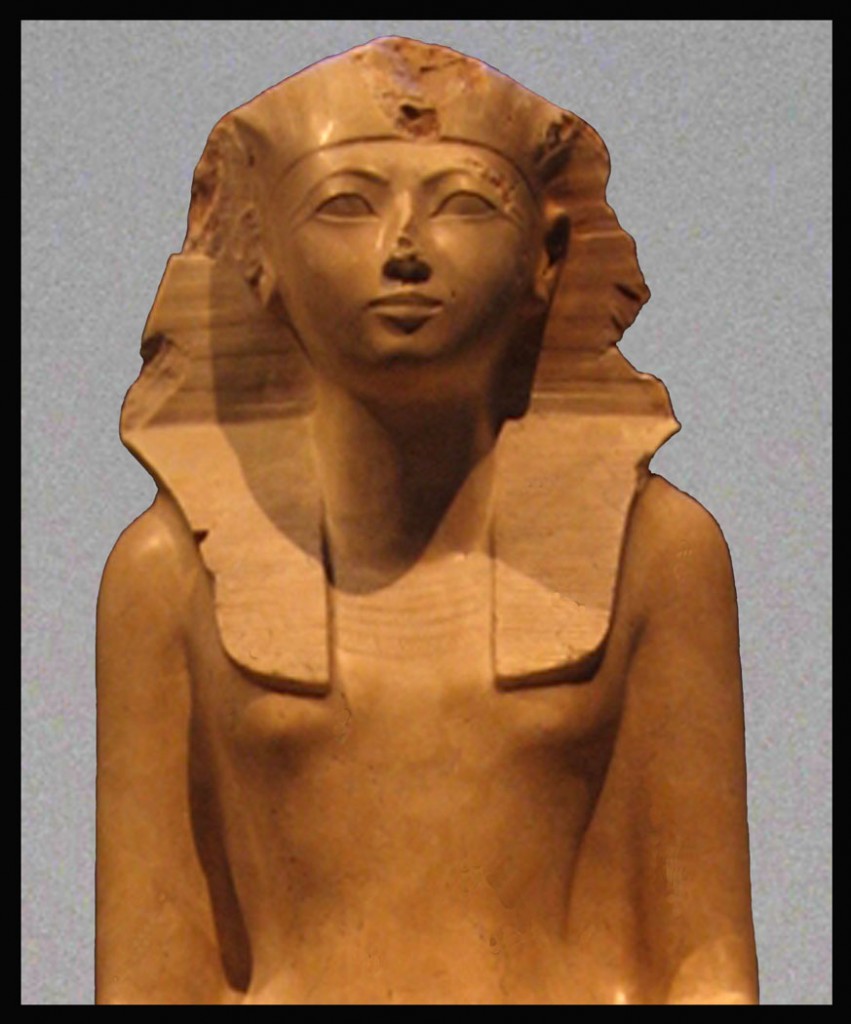
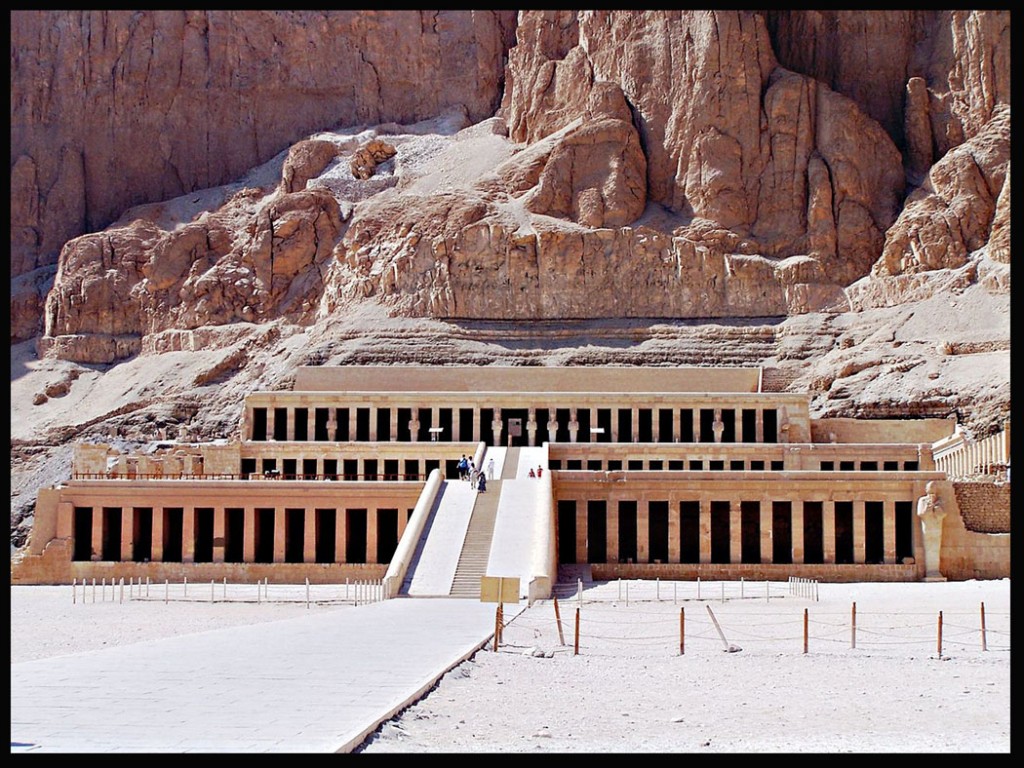
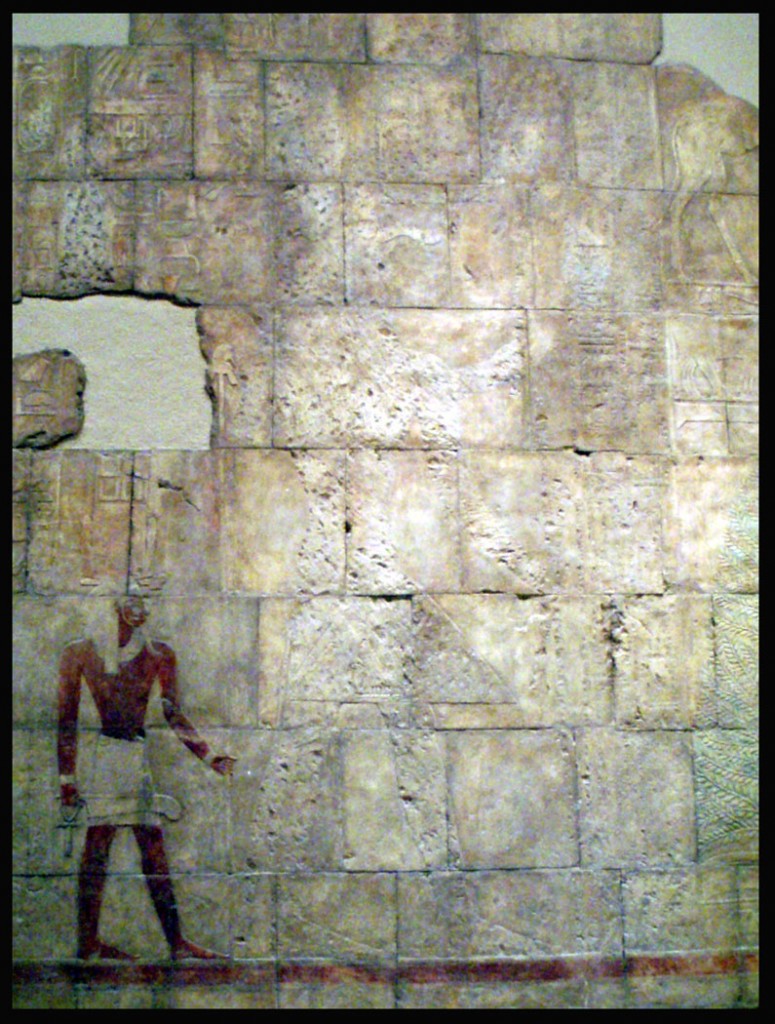
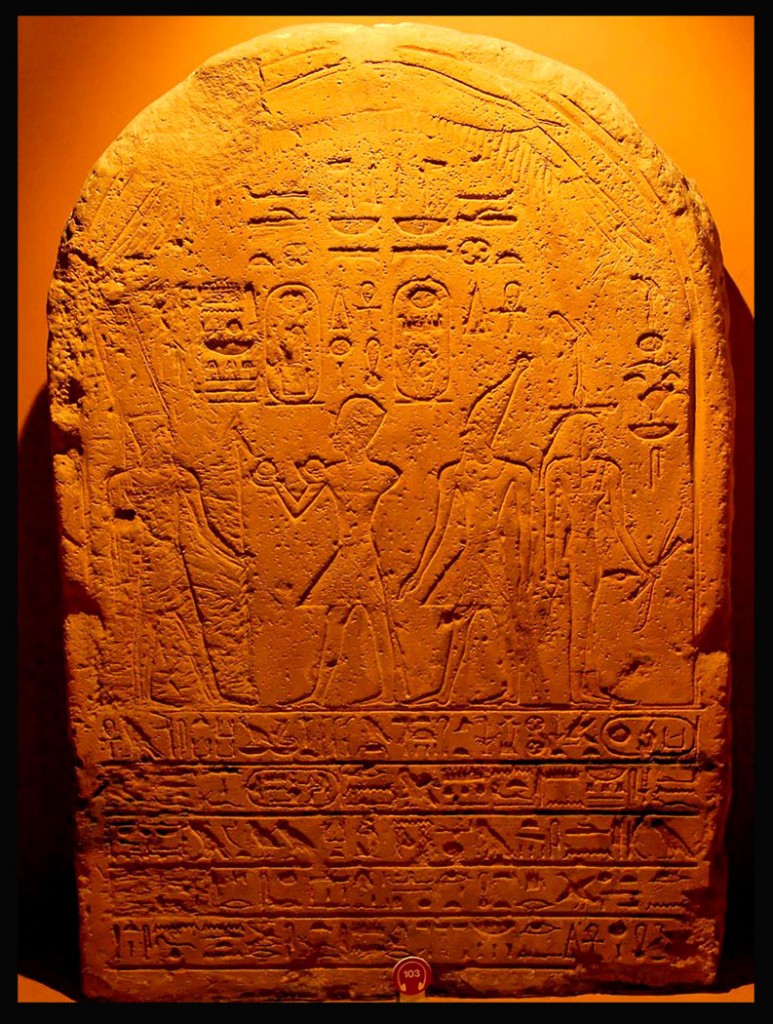
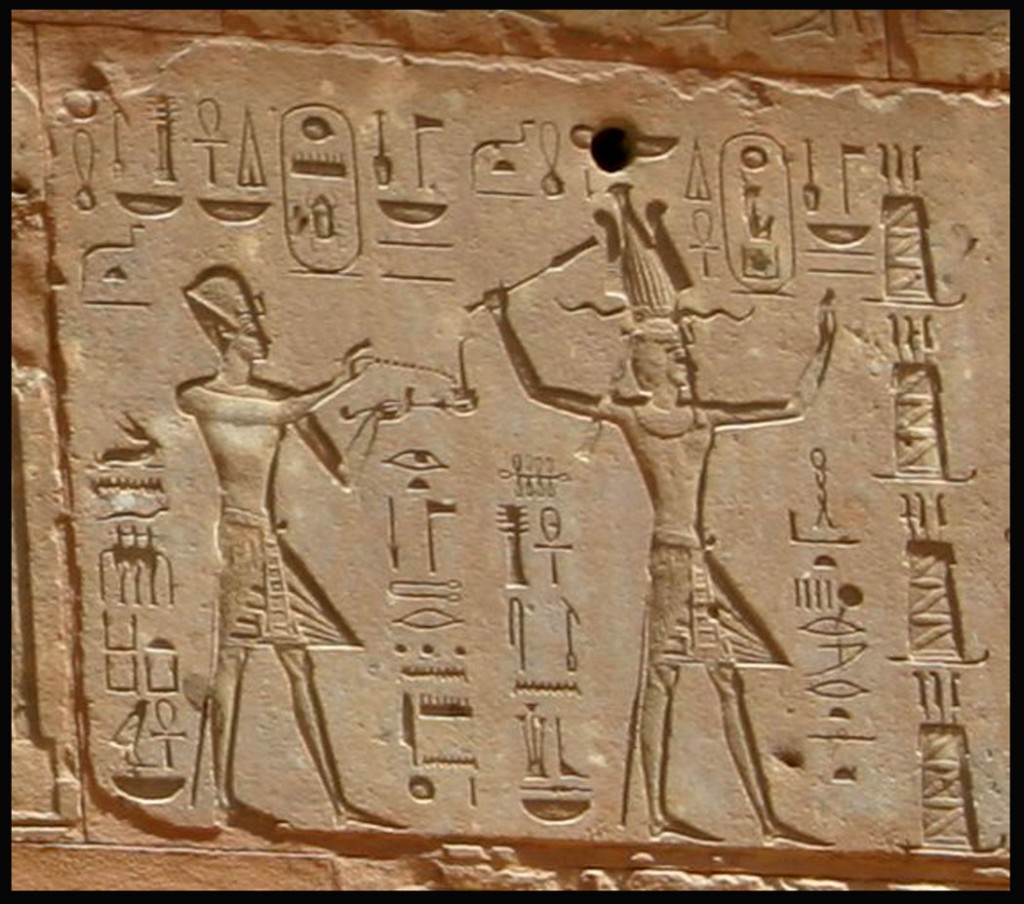
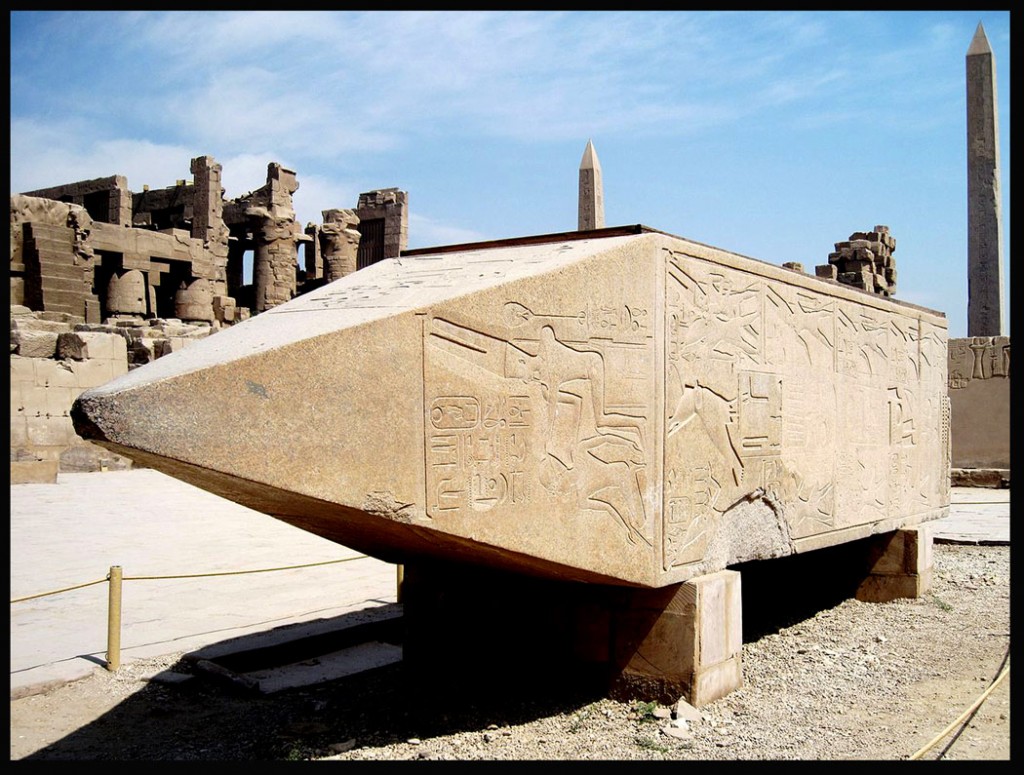
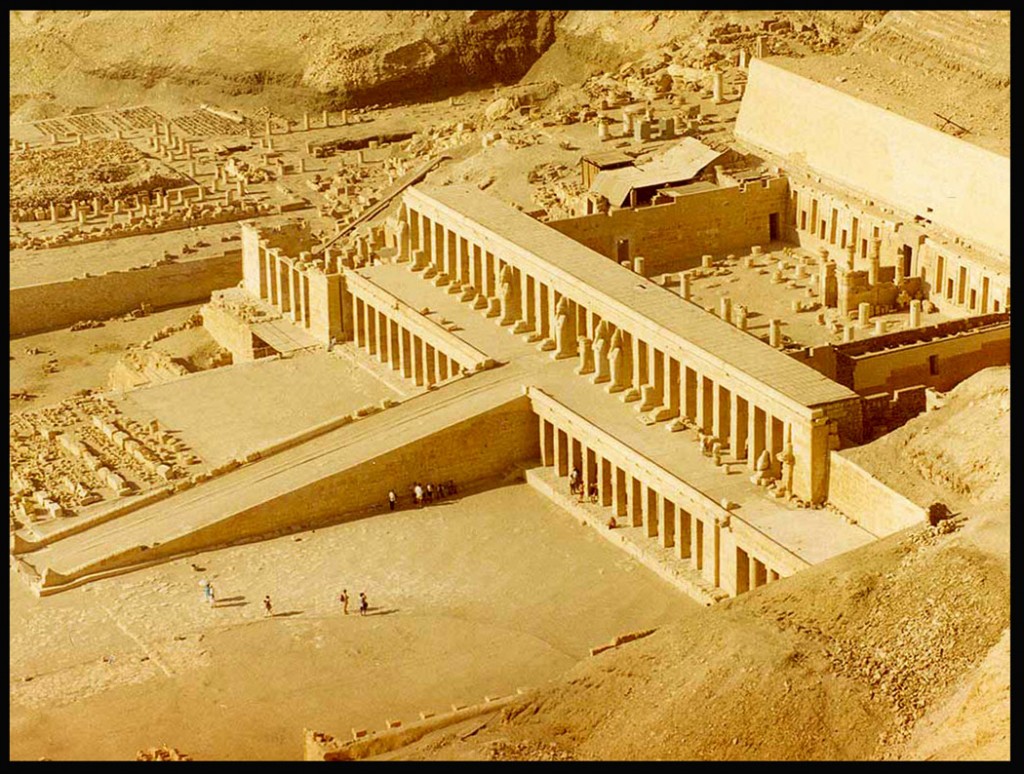
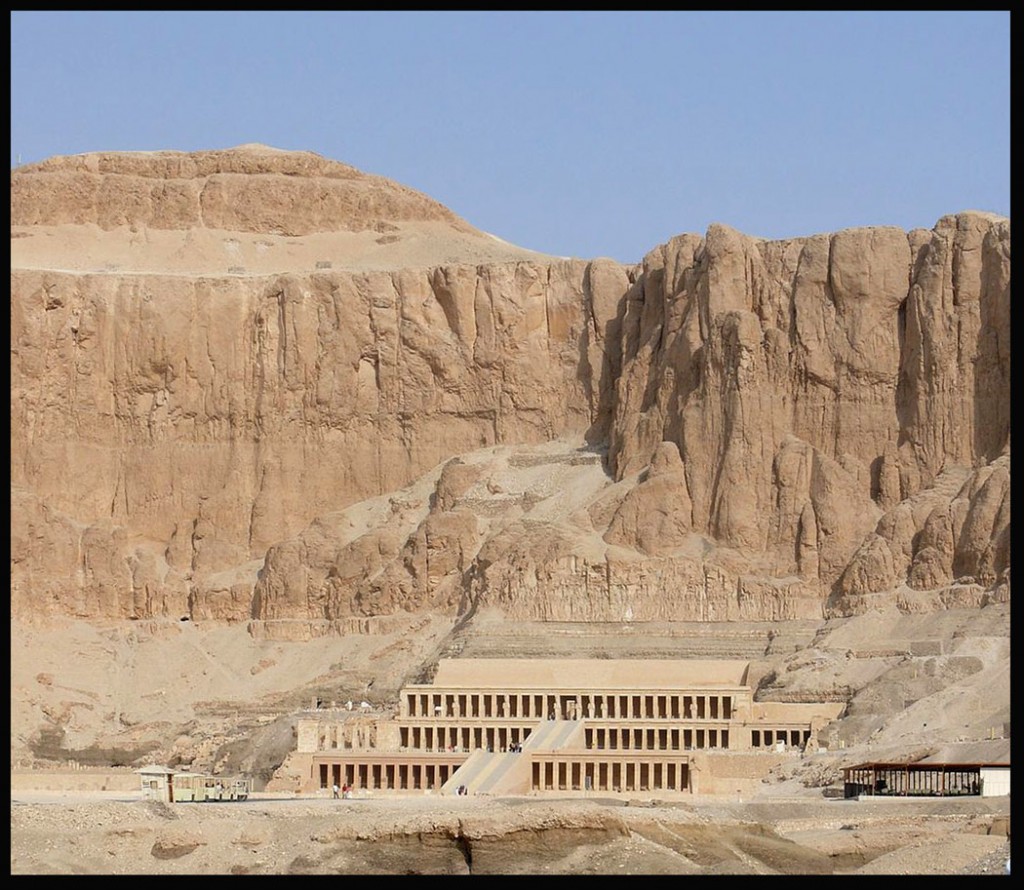
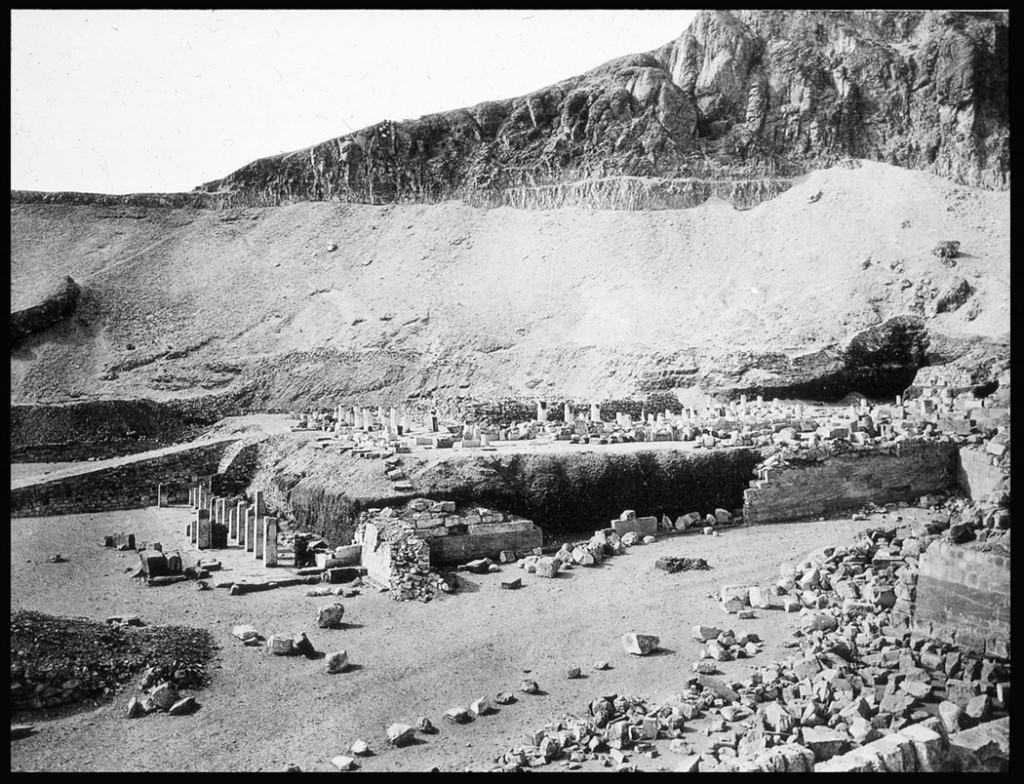
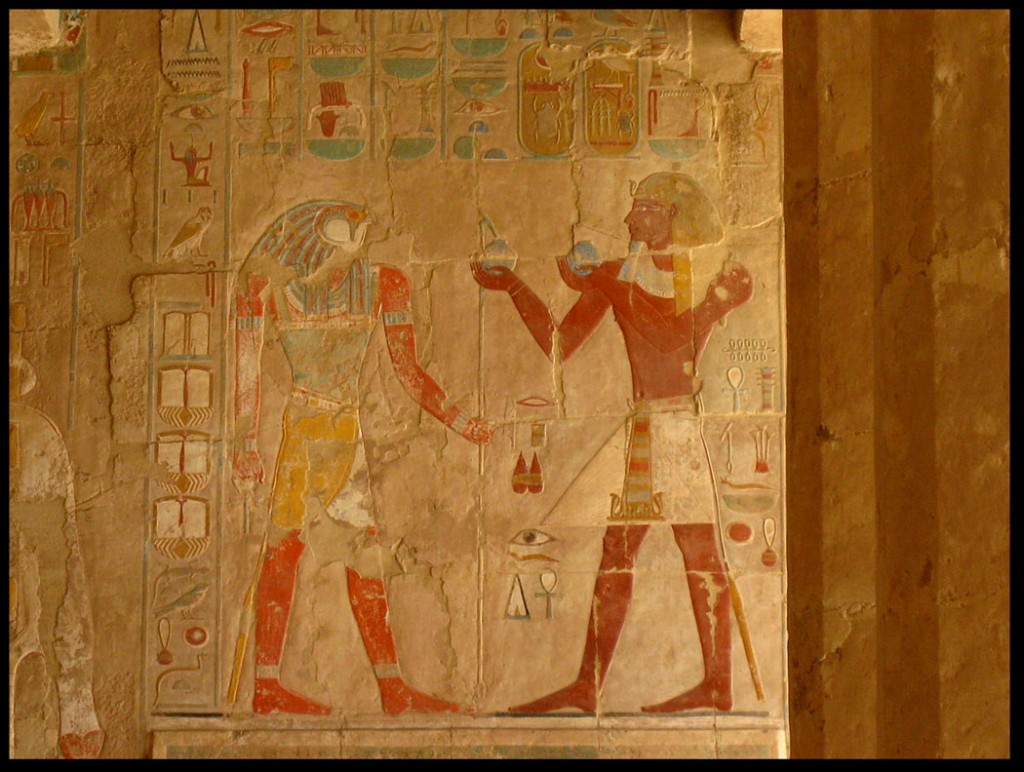

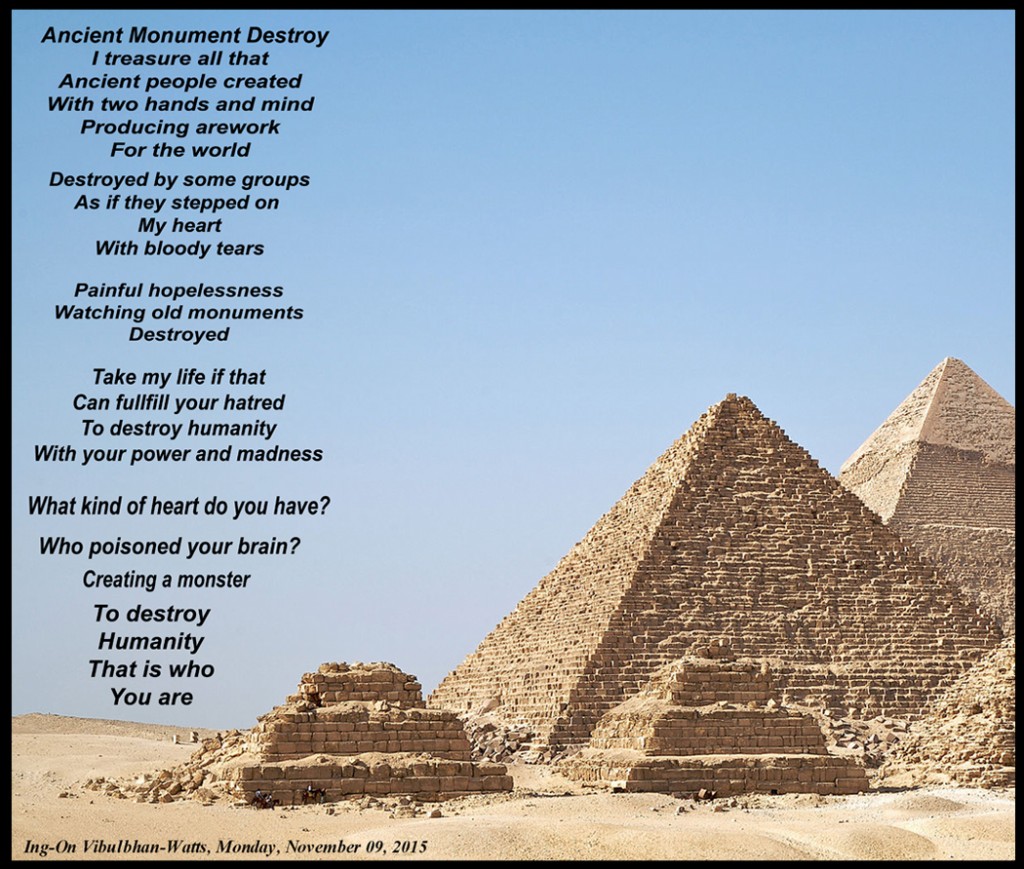
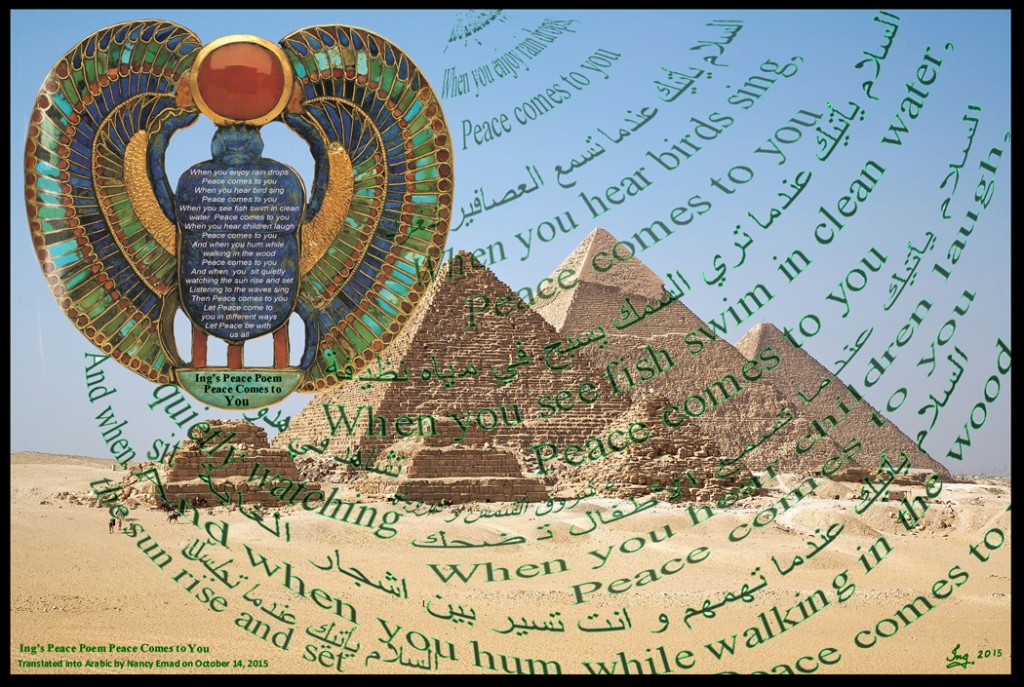
Leave a Reply